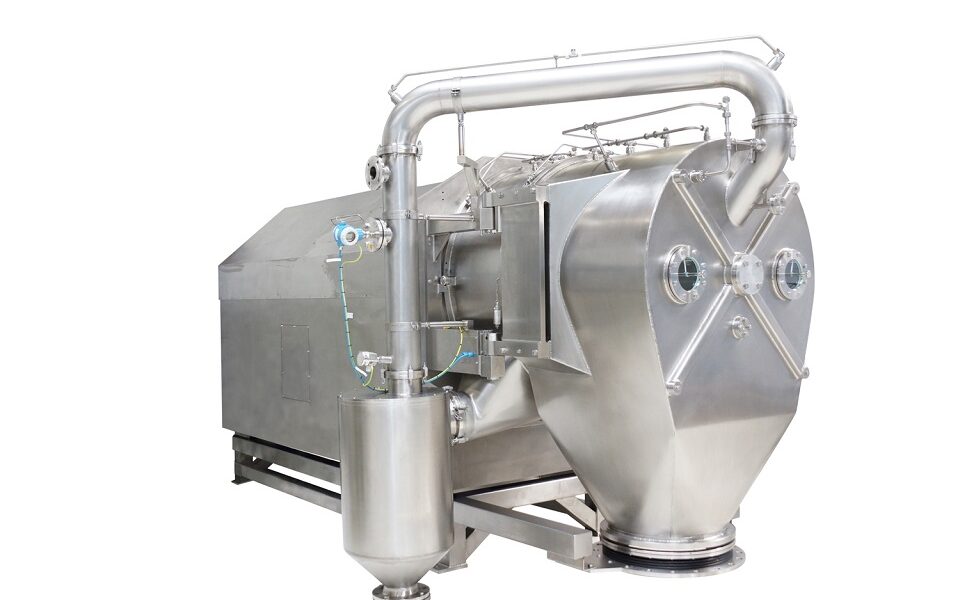Centrifuge machines use high rotation speeds known as centrifugal force to separate mixtures of liquids and solids that have different thicknesses and consistency. Depending on the speed of rotors and the size of the equipment, they are common in labs and research centres. They are also used to separate components in industrial applications such as milk processors, chemicals preparation industries, and water treatment plants.
In wastewater treatment plants, centrifuges work by performing sludge dewatering. A sludge dewatering device rotates in a cylinder to separate the wastewater liquids from the solid waste. This method removes most of the water and leaves behind a solid matter called cake. This filtering technology is best because it uses centrifugal force to separate liquids from solids completely. It recycles 100% of the water in the mixture, which decreases the amount of water consumed.
What is the principle of centrifuges?
Centrifuges work on solutions where the mass of the particles is more than the sediment, and they float up as they are lighter. When the difference in thickness is higher, the particles move faster. Centrifugal force is necessary to ensure every minor density difference is not left out as it is the most powerful, replacing gravity.
Centrifuges rotate objects on a fixed axis at very high speeds, known as sedimentation. Separation of the heavier substances from the light ones occurs with the heavy ones settling at the bottom, the semi-dense at the middle, and the light ones at the top.
What are the types of centrifuges?
Centrifuges either operate a filtration or sedimentation process. Depending on their intended use, they also come in various sizes, speeds, volume capabilities, and functions. Below is an overview of various centrifuges and their use.
Filtration centrifuges: They use filters to separate particles. The substance, usually a mixture of liquids and solids, passes through the filters. The solid matter is then left behind while the fluids pass through. Solids are then collected and discarded.
Sedimentation centrifuges: They allow the heavier solid particles to separate from the lighter liquid ones. They divide the solids, which settle at the bottom, and the liquid at the top of the drum. There are no visible filters during sedimentation.
For varying sizes or volumes of substances, centrifuges are available in:
1. Manual centrifuges
These machines use gravity to separate liquids from solids. The cylindrical drum rotates slowly and overtime to manually settle the solids at the bottom. The rotation is done by hand for small equipment or by mechanical systems connected to the drum.
2. Automatic centrifuges
This electrical equipment uses rotors at high speeds. They do not require manual operators and use different motors to separate water from solids completely. The sedimentation process is effective as the final output is dry solid matter.
Based on speeds, there are:
1. Low-speed centrifuges
Simple centrifuge machines that routinely perform sedimentation tasks for substances at room temperature.
2. High-speed centrifuges
Operate at high speeds and in substances at different temperatures. Depending on the type and amount of substance used, operators of the machines can control their speeds and temperatures.
3. Ultra speed centrifuges
These are the most complex centrifuges. They require cooling or refrigerated vacuum chambers as the high centrifugal speeds cause temperatures to rise tremendously. They are used for the in-depth analysis of substances.
Wrapping Up
Centrifugation works efficiently and faster than filtration. The cost of labour is also cheaper to operate the equipment. Before settling on the ideal centrifuge equipment, be on the lookout for those that are easy to maintain and have low installation and operation costs.
Read Also:
What is a Wastewater Treatment System and How Does it Work?
The Most Important Equipment for Industrial Filtration



